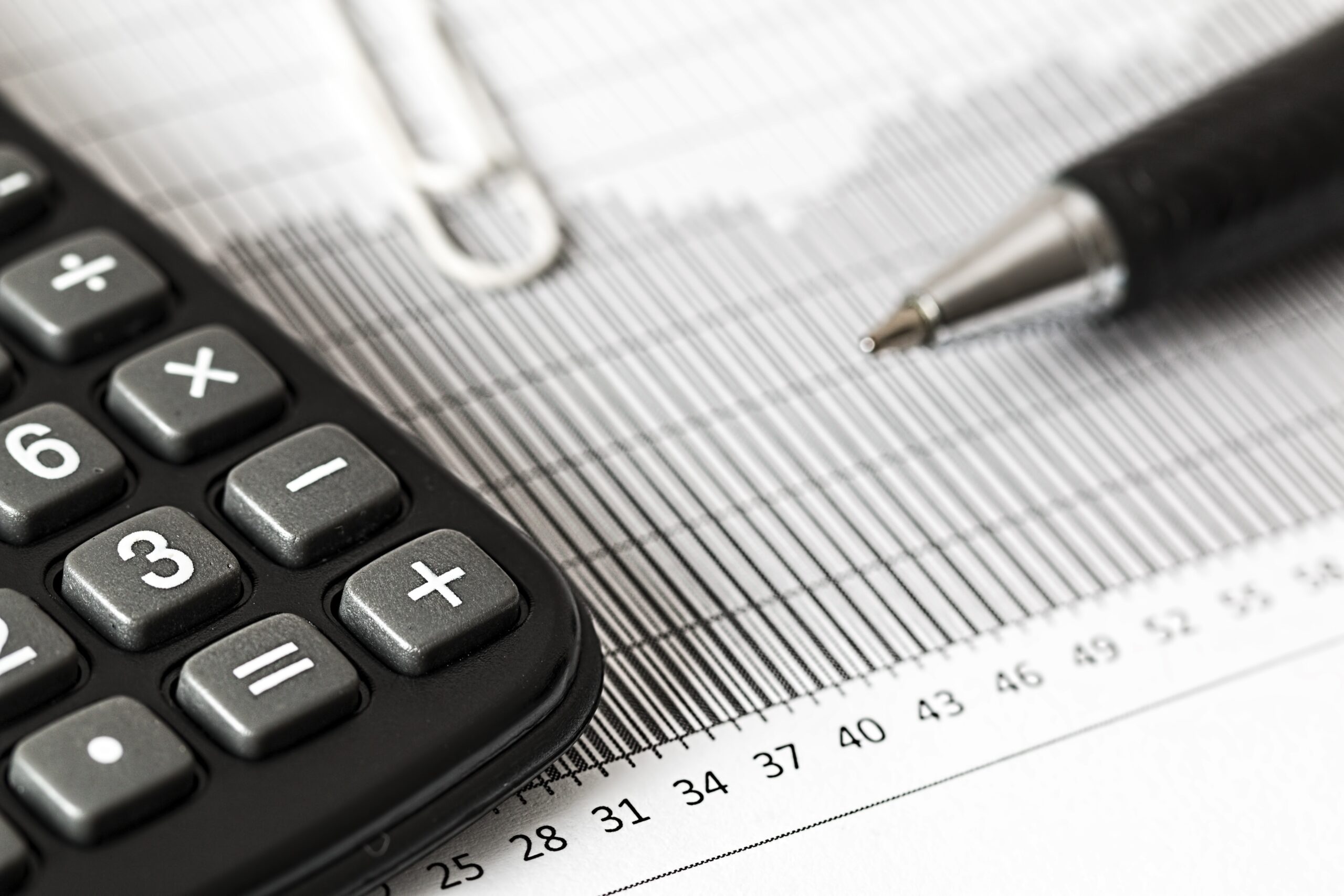Loan Forgiveness Generally
When the Coronavirus Aid, Relief, and Economic Stimulus (“CARES”) Act was signed into law on March 27, 2020, it created the Paycheck Protection Program (“PPP”). The PPP provided loans to businesses that were facing financial uncertainty due to the economic downturn caused by the COVID-19 pandemic. The objective of the PPP was to keep businesses open and paying wages that otherwise might not be, and to this end it provided that if the loan proceeds were spent on payroll and certain other costs, then the loan would be forgiven and not need to be repaid.
Forgiveness of PPP loans is not, however, automatic. Under regulations issued by the Small Business Administration (“SBA”), the government entity tasked with overseeing the PPP, borrowers must submit a forgiveness request along with certain other documentation to their bank, who in turn is responsible for reporting to the SBA.
Deadline for Applying
Under the PPP, borrowers are required to apply for forgiveness within 10 months of the end of the “Covered Period” of their loan, in order to avoid having to begin making payments under the loan. Originally the Covered Period was set at 8 weeks from the date that of loan origination (that is, the date the loan proceeds were received). Under the Paycheck Protection Program Flexibility Act, borrowers have the option of extending the Covered Period to 24 weeks. Therefore, it is crucial that borrowers apply for forgiveness before either 8 or 24 weeks, plus ten months, after loan proceeds were received.
The SBA regulations do not set a minimum waiting time before applying for forgiveness, and borrowers can in fact apply for forgiveness before the end of the covered period (provided, that is, if their banks will accept such applications). Previously, however, it has proved prudent for borrowers to wait, as the requirements and processes for applying for forgiveness have been periodically updated by new SBA regulations.
Now, however, it appears that the SBA regulations are far enough developed that borrowers should consider starting the loan forgiveness process. The pace of new regulations has slowed significantly and it is becoming less and less likely that there will be further major changes that will affect the forgiveness calculation for all but a minority of applicants. Additionally, on October 8th, 2020, the SBA released a new version of the loan forgiveness form for borrowers who received less than $50,000 in PPP loans. The new forgiveness form is far simpler than previous forms, and requires very little documentation, which may save time and expense for borrowers compared to previous forms.
Who Should Wait
For borrowers who expect to receive full forgiveness, and have their accounting current through the covered period, there is therefore very little reason to delay starting the loan forgiveness process. Borrowers who expect full forgiveness whose accounting is not current may wish to complete their accounting now, or if it is their normal practice, wait until the end of the year. So long as forgiveness is requested within 10 months after the end of the covered period, they should choose whichever makes more sense for their particular circumstances.
For borrowers who expect to receive only partial forgiveness, it may pay to wait. For instance, borrowers who expect to receive a reduced forgiveness amount due to payroll cost or employee count reductions (which are penalized under the PPP) may wish to wait until 2021, as the PPP Flexibility Act now allows them until the end of the year to remedy such reductions. Additionally, because loans are deferred until the loan forgiveness amount is determined (or 10 months after the end of the Covered Period, whichever is earlier), borrowers who expect to have to repay a portion of the loan may wish to hold off on applying for forgiveness in order to delay the date of their first payment.
Note, however, that due to the shifting regulatory landscape, some banks are not yet accepting PPP forgiveness applications.
Step to Take
Business owners should ensure that their accounting related to income and expenses during the Covered Period of their loan is complete and correct. They should work with their tax advisors to determine the best time to apply for forgiveness, and the best method of calculating and documenting the forgiveness amount, as necessary.
Send a Message
By entering information in this website form, you are not creating an attorney client relationship and confidentiality cannot be guaranteed. Please keep your message brief and general to avoid releasing any private information.

